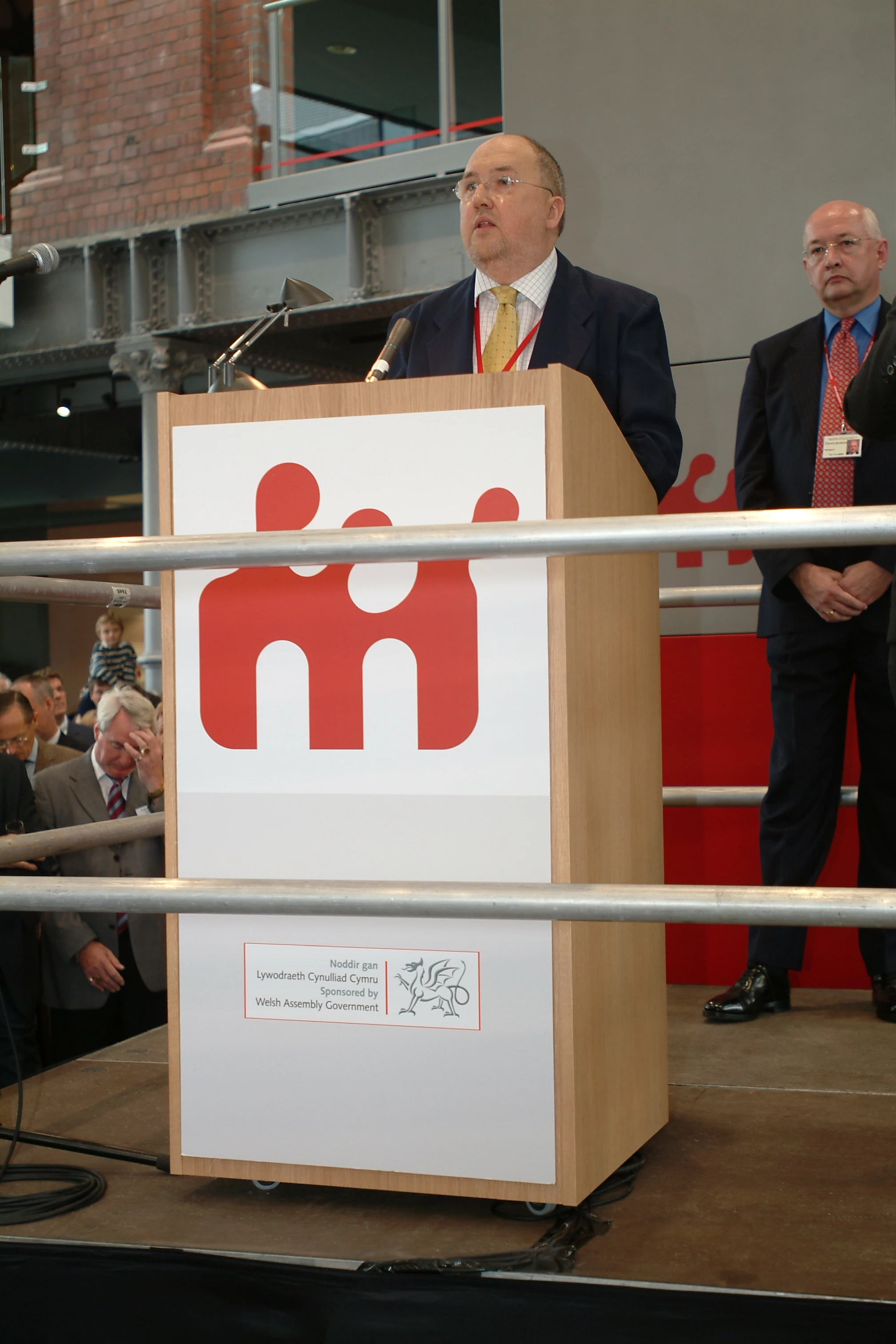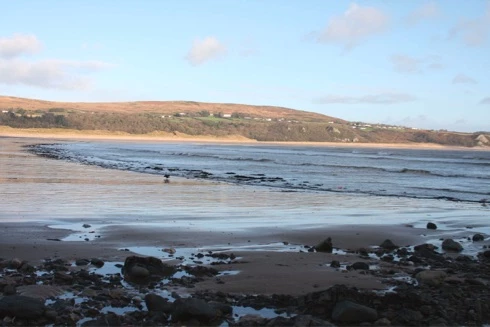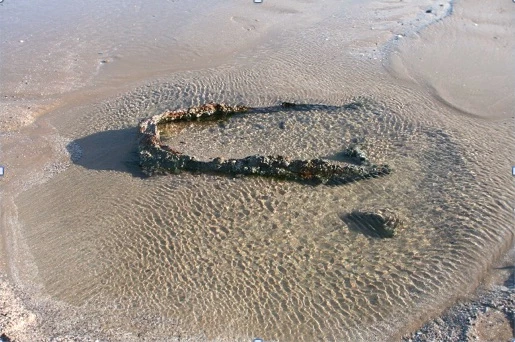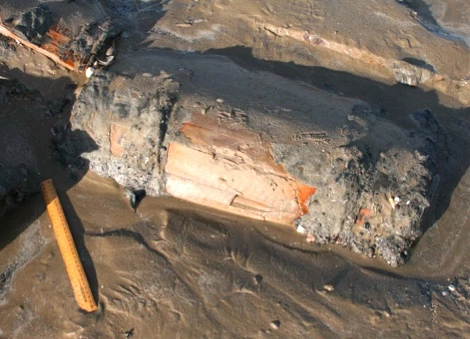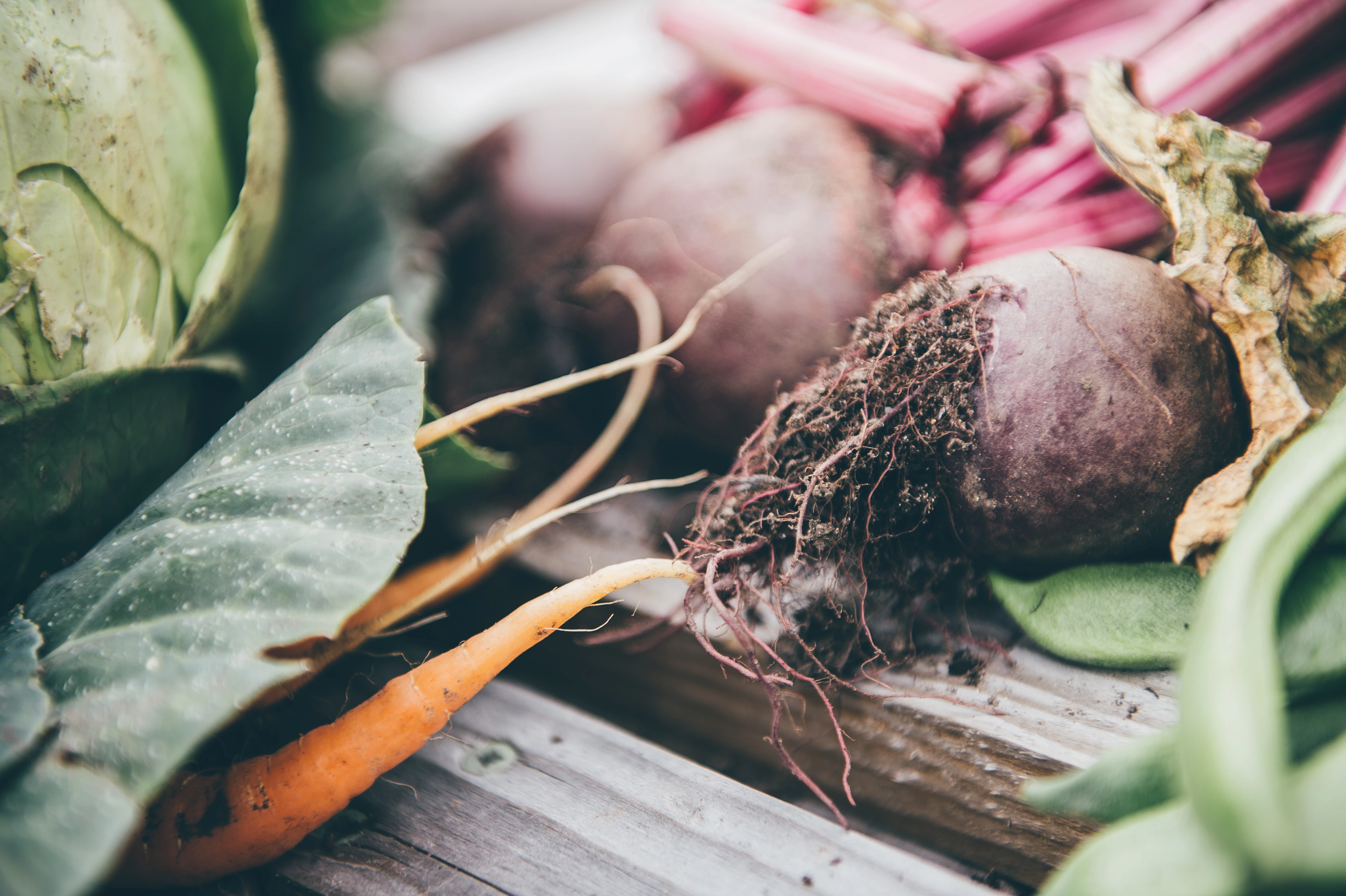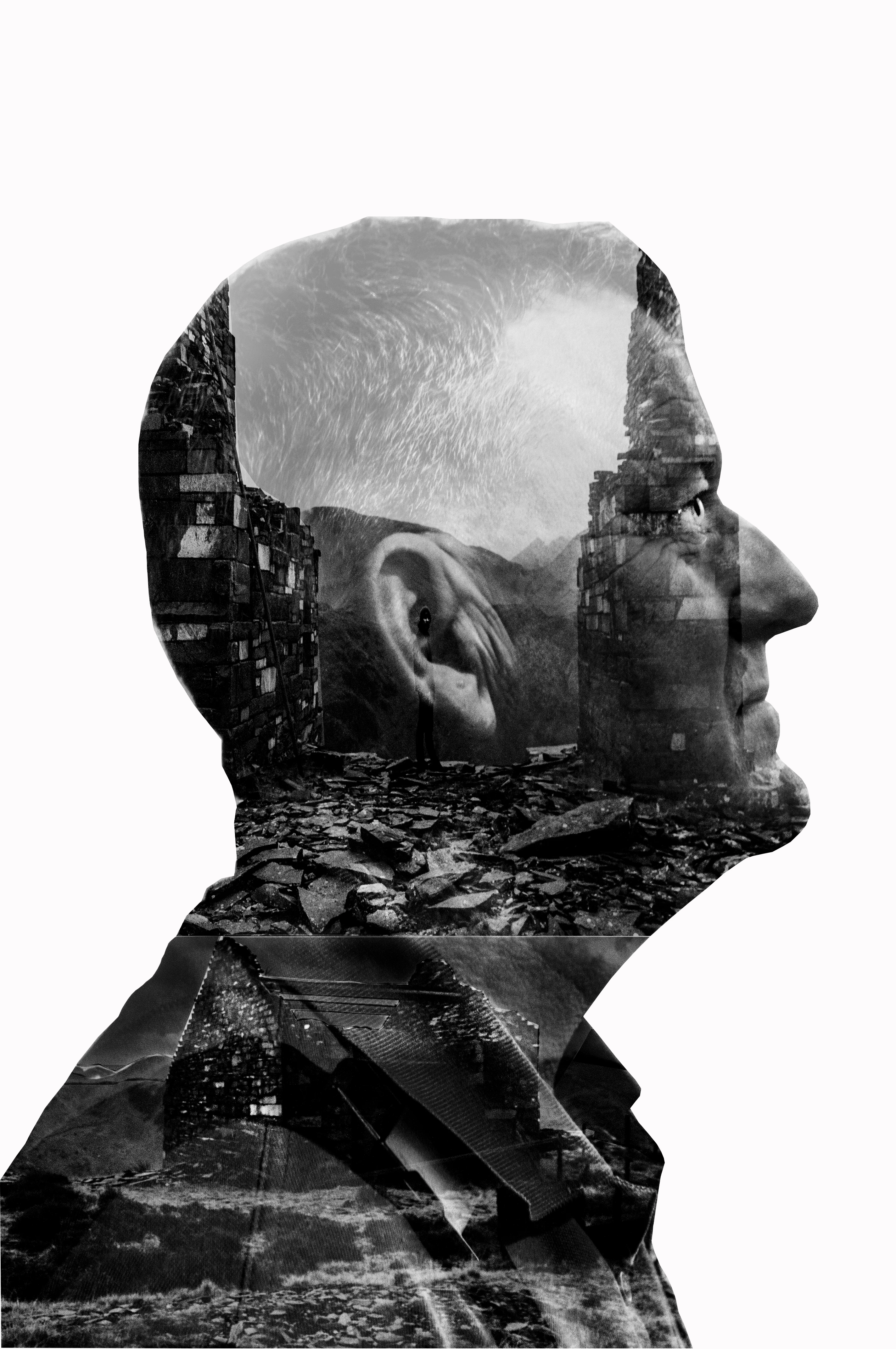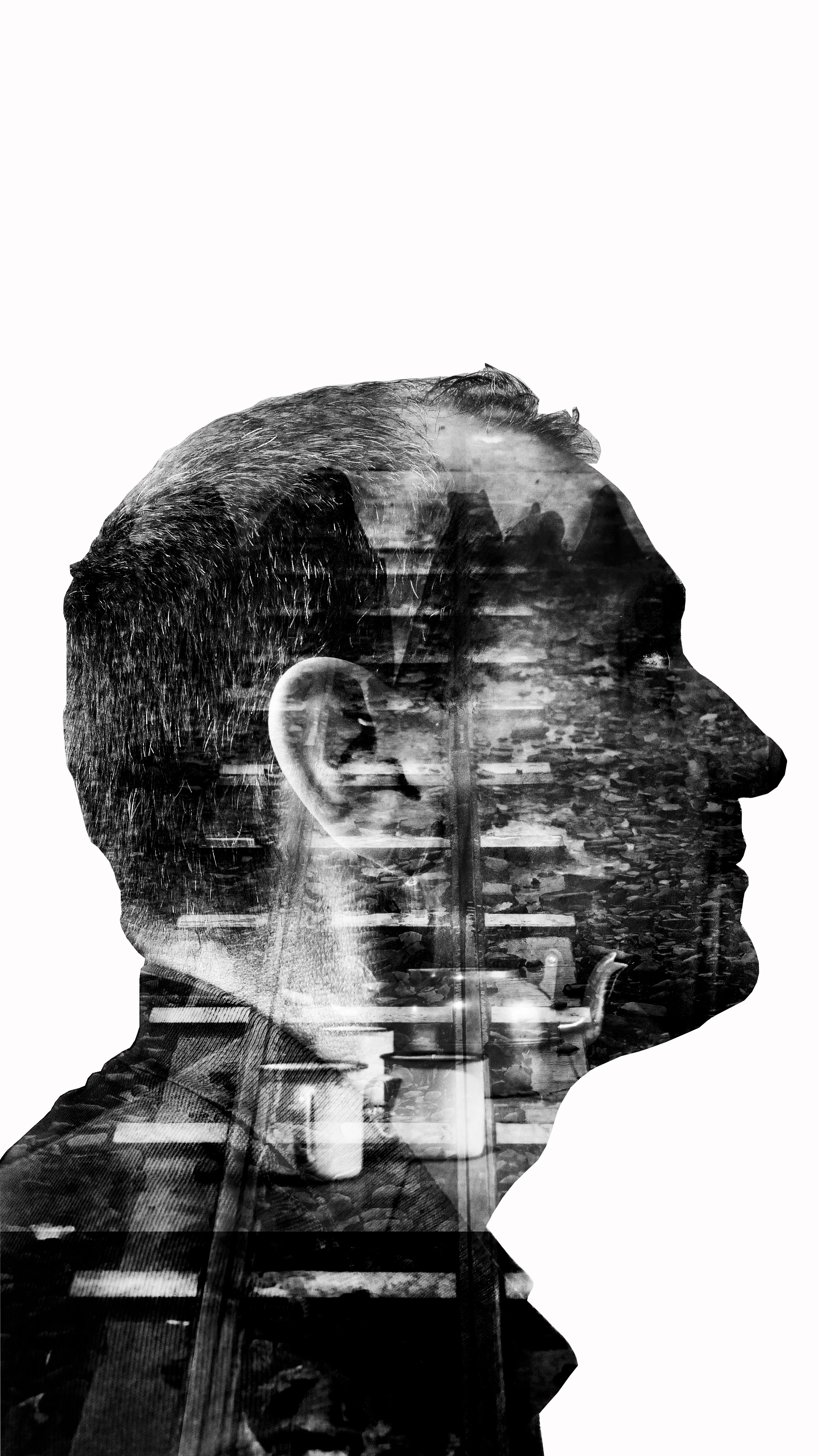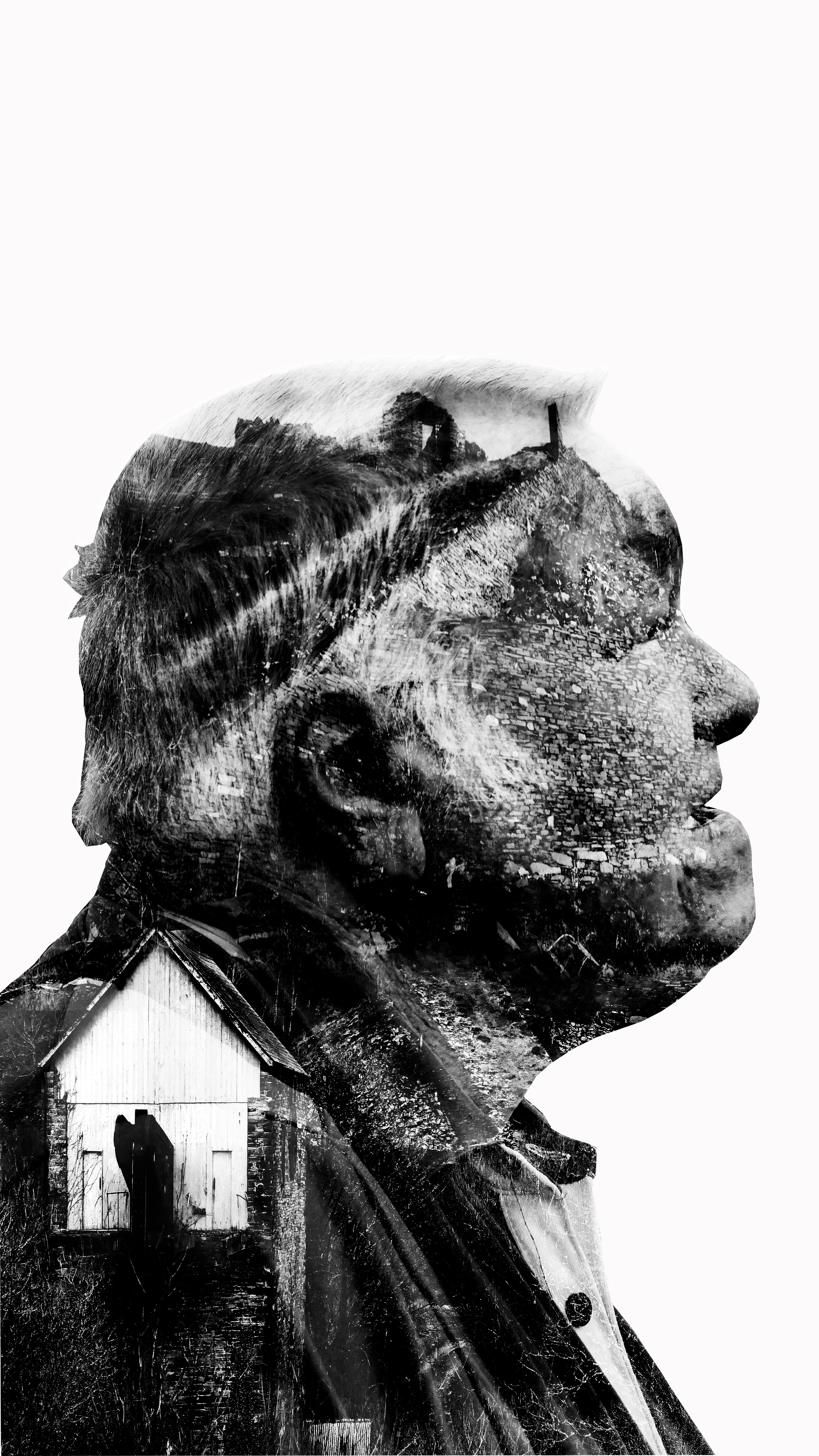While The National Waterfront Museum’s GRAFT team and volunteers cannot gather to garden the Museum’s courtyard garden at this time, they are nonetheless keeping busy setting up ‘Seeds Out in the Community’ and encouraging us all to grow sunflowers in visible and public spaces to show support for key workers. Here’s a little more about this innovative community project and how it’s grown from a seed of an idea to a flourishing project that grows plants, food and people.
GRAFT: a soil based syllabus is the National Waterfront Museum's edible land and educational project, and a permanent piece of green infrastructure within Swansea City Centre. The project is also a socially engaged work of art by artist Owen Griffiths, and was originally commissioned as part of Now the Hero / Nawr Yr Arwr in 2018 funded by 1418NOW as part of a huge UK wide cultural project commemorating the first World War.
GRAFT works with community groups from a wide range of backgrounds across the city who came together, to transform the Museum's once industrial courtyard into a beautiful, sustainable, organic growing environment; creating an edible landscape to encourage participation and conversation around land use, food and sustainability in an accessible and empowering way.
Owen and Senior Learning Officer Zoe Gealy develop the ongoing program at GRAFT around these ideas of collaboration, sustainability and community. Every Friday, (other than during this lockdown), volunteers young and old work alongside one another to share skills working in wood and metal, learning how to grow plants, gaining qualifications and supporting each other along the way. The project has seen successful apprenticeships develop as a result of its program as well as seeing the long-term mental health benefits of working outside together. New friendships are formed, and people, as well as plants, flourish. During GRAFT’s development, in addition to raised beds, a pergola and benches from local timber, a cob pizza oven and beehives have been introduced to the garden. GRAFT's youngest volunteers come from Cefn Saeson School in Neath and work with Alyson Williams, the resident Beekeeper, learning about biodiversity, the environment and working together to care for the bees.
Some of the produce grown in the garden usually makes its way into delicious meals at the Museum's café whilst some is used for community meals at GRAFT. A portion of produce is used by volunteers, and some is donated to projects and groups throughout the area who provide food for those in need, such as Matts House, Ogof Adullam and the Swansea refugee drop in centre.
SPREADING SEEDS AND SUNSHINE DURING LOCKDOWN
Over the coming weeks GRAFT will be posting seeds through City and County of Swansea’s food parcel scheme and to community groups they regularly work with such as Roots Foundation and CRISIS. The seeds include squash and sunflowers, which were harvested by the gardeners last season.
Another initiative GRAFT is developing in the coming weeks is encouraging people to plant sunflowers in visible and public spaces, to show support for key workers alongside rainbow paintings. People are also invited to post pictures of their successful growing on GRAFT’s social media pages.
To request seeds contact zoe.gealy@museumwales.ac.uk
07810 657170
During lock-down, the GRAFT garden continues to need some tending and so The National Waterfront Museum's on-site team are watering the GRAFT garden and seedlings during their daily shifts.
With thanks to players of the People’s Postcode Lottery for supporting Amgueddfa Cymru’s public programme of activities and events.
FOLLOW GRAFT:
www.facebook.com/graft.a.soil.based.syllabus
INSTAGRAM: Graft____

